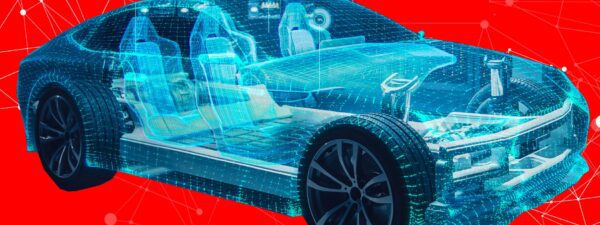by Paul Whitelam
Today’s rapidly expanding ‘on-demand’ economy centered on online platforms and independent agents is attracting more than 22.4 million consumers annually and $57.6 billion in spending. This enthusiastic adoption is setting new standards for customer experience, and customers expect the same high level of service from companies across all industries. This includes companies providing services to the home (e.g. repairs, installing new appliances, etc.). Whether it’s faster delivery or better communication, consumers want increased convenience and a smooth service experience.
This year’s Consumer Electronics Show (CES) envisioned the future of smart, connected devices and it appears that autonomous vehicles are poised to take the spotlight in coming years; it is predicted that smart cars will start to be sold to consumers in the early 2020s. Google, Uber, and Tesla have already been testing autonomous vehicles. Intel’s recent purchase of Mobileye, maker of sensors and cameras for driverless vehicles, signals that even more mature companies recognize the potential in this market.
While large-scale adoption by consumers might still be a few years away, the impact autonomous cars will have on businesses is very real and field service organizations are well positioned to test, adopt, and reap the full benefits these vehicles can deliver.
Exactly how self-driving cars will impact industries is yet to be seen, but there are several ways they might improve customer service within the field service industry. They include:
- Route optimization:
- Using IoT and machine learning technology, smart, autonomous vehicles will provide field service technicians with insight into the most optimal route to their destination. By analyzing traffic data in real time to avoid congested roads, and taking into account seasonal changes and details like time of day and day of week, embedded autonomous vehicle technology will ensure drivers take the fastest and safest route to their job. Not only does this have the potential to reduce travel time and fuel costs, it’s reasonable to conclude that business productivity and profitability will increase as a result. The connected nature of smart vehicles, not to mention the IoT data from service sites, allows the sharing of valuable data between the vehicle and service base, ensuring that the correct cars and technicians are being distributed to the appropriate sites.
- Real-time tracking:
- Waiting for a technician or delivery to arrive typically proves a time consuming exercise for customers, even resulting in taking time off work to accommodate estimated arrival windows. Equipped with GPS, autonomous vehicles used in field service can be tracked in real time. Seamlessly and without human intervention, customers are notified when their technician or delivery is on the way and can follow the vehicle’s progress, greatly reducing wait times and, as a result, minimizing customer inconvenience.
- Embedded virtual assistants:
- At this year’s CES show, leading automotive brands announced they are now embedding virtual assistants into their cars. Apple’s virtual assistant, Siri, is already being used in select vehicles. Microsoft’s Cortana, Amazon’s Alexa, and Google Assistant will soon be embedded in vehicles as well. Virtual assistants will send automatic notifications to customers, providing them with updates about when the technician will arrive, including if they are stuck in traffic or otherwise delayed. Using autonomous vehicles and virtual assistants will also increase the productivity of technicians who while en route, can spend their travel time doing something other than driving. Field service pros in transit can review the necessary information for their next job, pre-assemble a part, or assist other technicians remotely.
- Autonomous delivery:
- Autonomous vehicles can deliver a part to a customer or to a field service professional on-site. The benefit? Faster fixes and fewer repeat visits. Tools (or entirely new machinery) can be delivered to the site on request without using another resource (or technician). When the customer’s device is IoT enabled, it can send richer data about the necessary repair, potentially identifying easy fixes that can be completed by the customer. The autonomous vehicles can be dispatched to deliver parts to the customer without requiring the presence of a technician.
Autonomous vehicles can bring some very real improvements to customer experience in the field service industry. With autonomous vehicles poised to effectively leverage real-time communication and other technologies such as IoT, the opportunity for businesses to transform service and improve the all-important customer experience has never been more accessible.
Paul Whitelam is the group vice president of product marketing at ClickSoftware.



